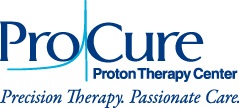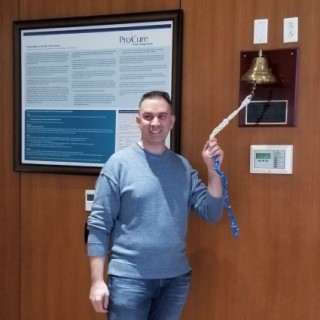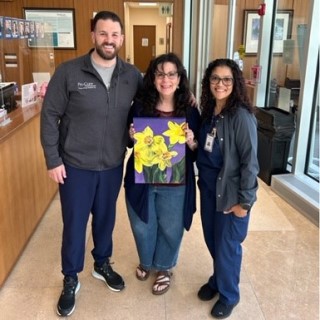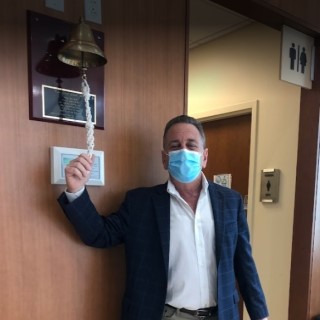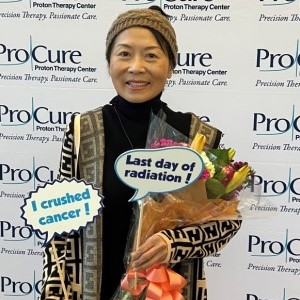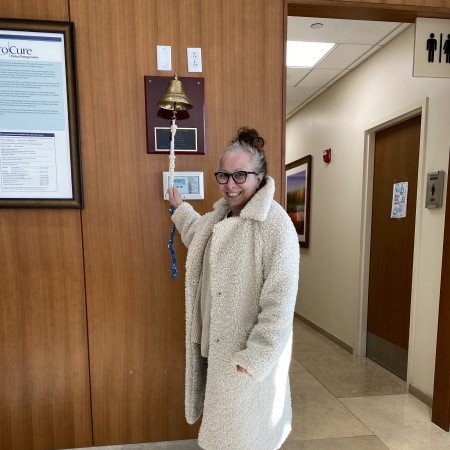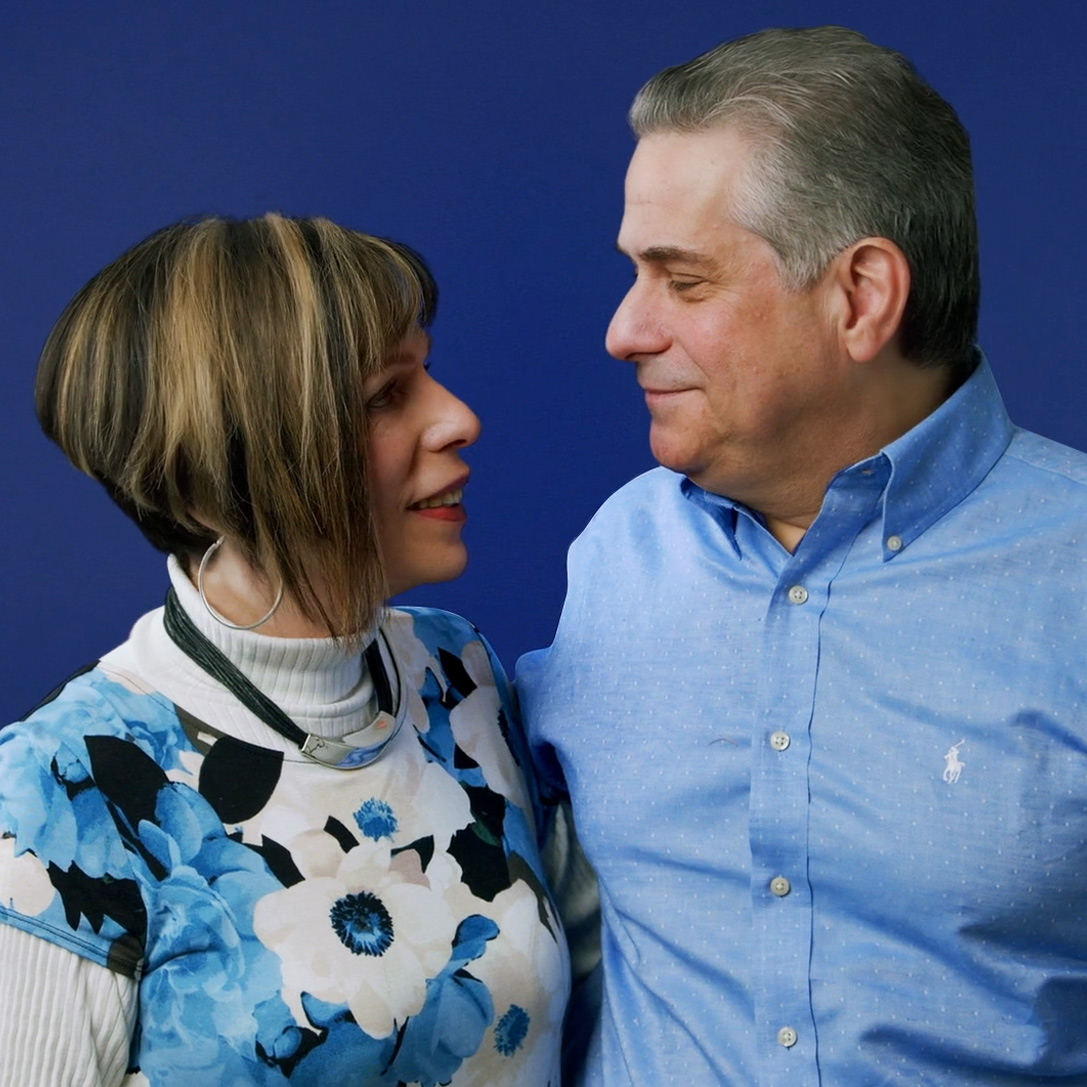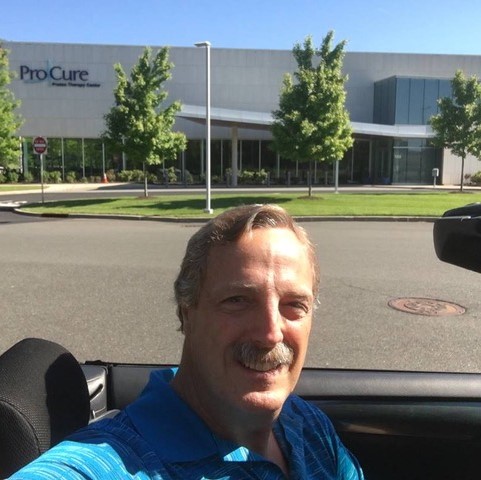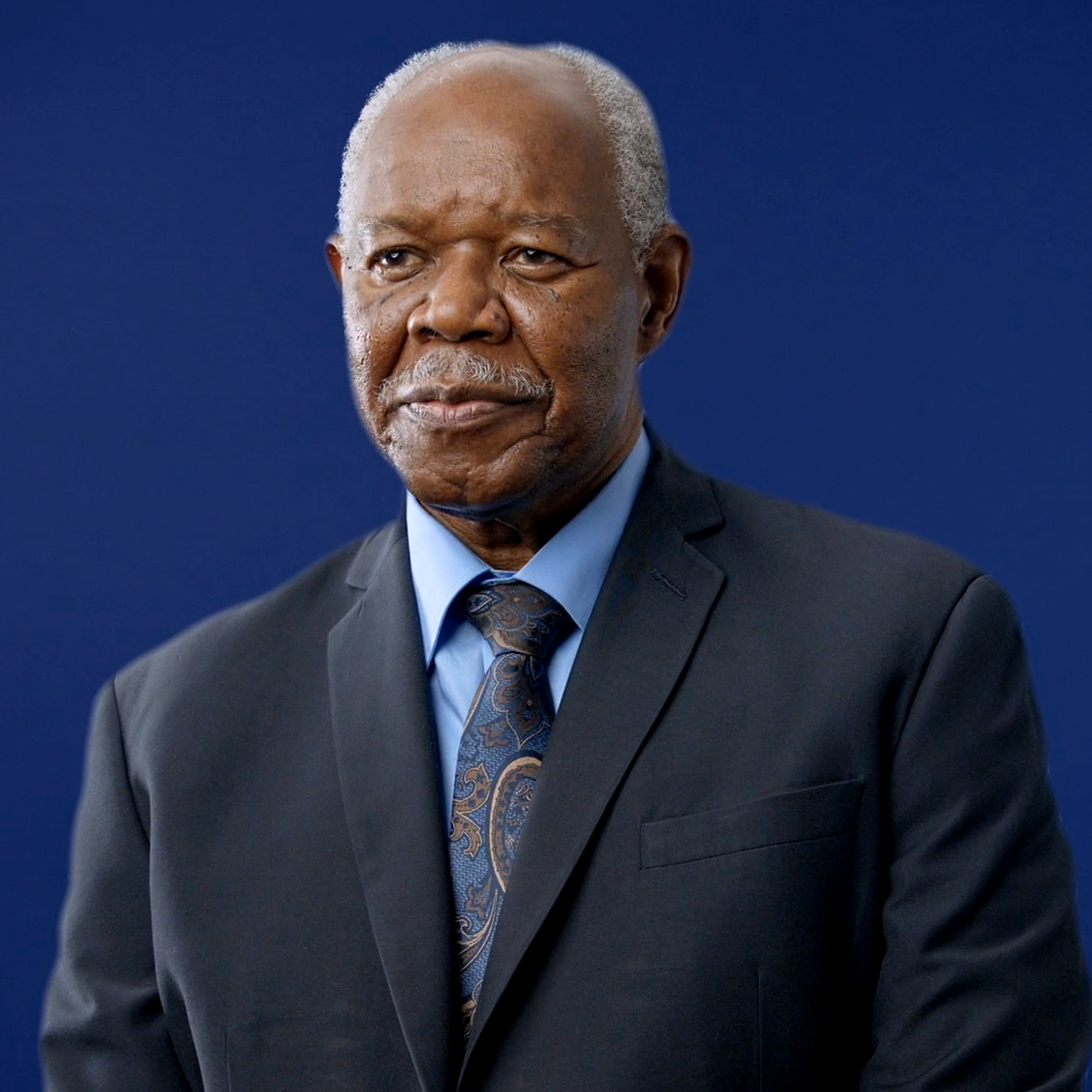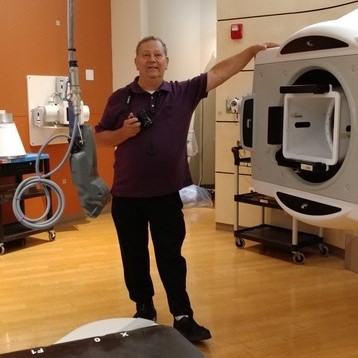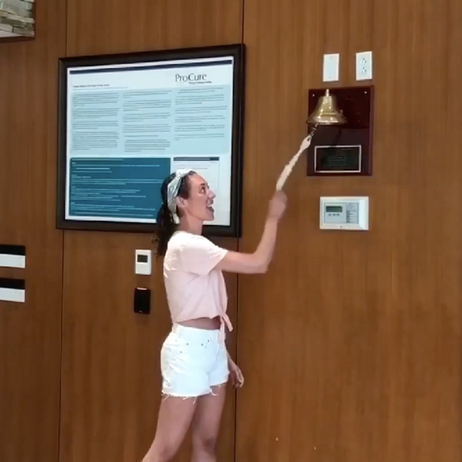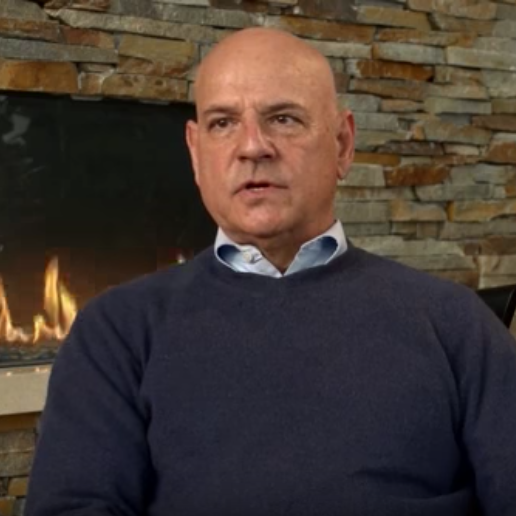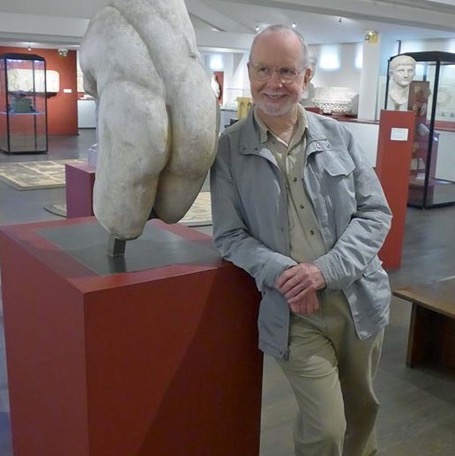Laura
Metastatic Breast Cancer
Navigating the Complexity of Cancer with Courage and Hope
Cancer treatment is rarely simple, and Laura, a veteran marketing professional who was diagnosed a few years ago with Stage 4 breast cancer, wanted to share her intricate journey to help those who might be navigating their own diagnosis.
Despite dutifully getting her annual mammogram, doctors found a type of tumor in her breast that tends to hide behind organs and evades detection in routine screenings.
At first, oral chemotherapy and hormone pills appeared to contain the cancer. However, in a surprising development, her doctor discovered a meningioma (brain tumor) during an MRI to investigate her loss of taste and smell.
Laura underwent brain surgery to remove the tumor. Additional testing revealed that the original breast cancer cells had metastasized or spread to the brain. That’s when Laura’s doctor recommended ProCure Proton Therapy Center for additional radiation treatment.
Laura was referred to ProCure because the precision of proton therapy radiation could effectively remove the cancer cells while minimizing exposure to nearby healthy tissues, thereby reducing side effects. What Laura found to be just as healing was ProCure’s patient-first approach.
From the clean facility to helpful staff to a personable and detailed doctor, Laura said, “I looked forward to coming” for treatment.
“I really did!” she said, “because everybody was so nice, and the treatment was actually pleasant.”
What Proton Therapy Feels Like
Laura returned to her job while she began her 16-day proton therapy treatment at ProCure and experienced minimal side effects,
ProCure created a custom-fitted protective face mask for Laura to wear during the 20-minute daily treatment. She rested on a table as ProCure’s state-of-the-art cyclotron, monitored by highly trained oncologists, worked to destroy the cancer cells in her brain.
Studies show that proton therapy can reduce radiation exposure to sensitive areas of the body – such as healthy brain tissue, eyes, and the optic nerve – by up to 50% compared to X-ray treatments. Where standard X-ray radiation releases its maximum dose and continues to release it as it passes beyond the tumor, proton therapy releases its maximum dose directly within the tumor and then stops.
“You don’t feel it,” Laura said. “The only reason you know the beam is engaged is you get these blue flashes in your eyelid. There’s really no noise other than the machine moving into position when they move you remotely. But no sensation, no weird feeling. It was really quite pleasant.”
ProCure’s “Human Touch”
ProCure stands out not only for its cutting-edge pencil-beam scanning technology but also for its unwavering dedication to a patient-first approach. Laura said ProCure’s “human touch” showed up in several instances along the way.
The staff helped sort out an insurance denial, providing relief and resolution in a stressful situation. Dr. Brian Chon put her at ease by clearly explaining how the treatment worked and ProCure’s in-house social worker was integral in closing the loop on disability leave and Laura’s return to work.
“Dr. Chon was the most exuberant and enthusiastic physician,” Laura said. “Many of the clinicians I’ve had have been very polite but very clinical. Dr. Chon was just over the top warm, friendly, thorough, and wanted to make sure I understood everything.”
While Laura continues to receive regular tests to monitor cancer, she said her treatment at ProCure provided some relief from a difficult journey.
“You were their priority,” she said of ProCure. “They paid attention. They noticed you when you walked in. They acknowledged you. They said hello. Proton therapy is just one piece of my puzzle. But it was really nice.”
Click here to learn more about breast cancer treatment at ProCure.
